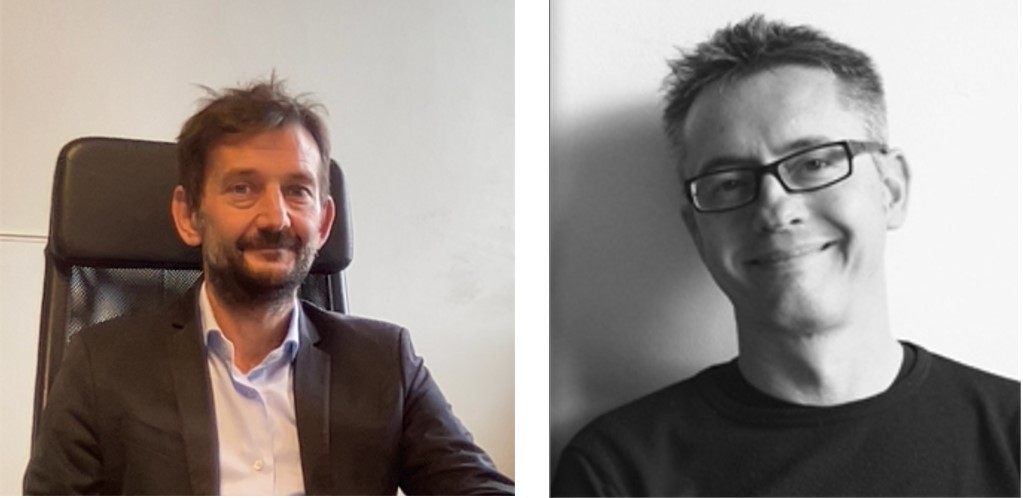
Emilia Romagna represents several municipalities in the region and extends its understanding of user-centricity thanks to the exchange with other European cities.
An odd one out, the Emilia Romagna region has joined the UserCentriCities project on behalf of the municipalities in its geographical area. By joining the project, the region takes advantage of the exchanges with other European cities and brings user-centricity to the forefront of their political agendas. Stefano Gatti and Giovanni Grazia, project managers at Emilia Romagna region, shed light on what they learned so far and what they are looking forward to.
How does user-centricity look in practice?
Grazia: For example, Bologna, which is the administrative centre of our region, has launched a new platform to offer online services in the past month. Throughout the development of the platform, the city involved its residents.
They contributed to defining the platform’s functionalities; then, they participated in the test and verification phases.
The platform extends to all municipalities within the metropolitan area of Bologna, around 40 municipalities, and it can be extended to other cities in the region.
Gatti: Another example, at the regional level, is the Electronic Health Record. During its development, the region has involved staff from the health sector. So, in this case, too, users were engaged in the creation of a service.
Why is it important to involve users in the development of digital tools?
Grazia: The effectiveness of what we develop is proportional to the understanding we have of the user’s needs and the real conditions of use of the service.
It’s also how digital services have evolved. If 30 years ago digital services were developed within four walls by a few skilled technicians, today, the best way to develop these services is to involve users from the design phase.
Involving the user in the development also has a higher chance of giving a more satisfying result and, therefore, increasing the number of users.
What brought you to UserCentriCities, and why did you join the project?
Grazia: For many years, the Emilia Romagna region has been coordinating a group of municipalities under the name Emilia Romagna Community Network to work together on different issues, like the quality of online services.
In UserCentriCities, the region represents this group of municipalities because they were interested in adding a European dimension to their process, learning from other cities’ best practices and staying updated with the rest of Europe.
Gatti: The region also added user-centricity to their digital agenda as of last year. So, when we heard of the chance to participate in the project, we had to join.
How has the project UserCentriCities influenced your work?
Grazia: It’s a bit early to evaluate the effects, but we can already notice that our politicians are more sensitive to user-centricity thanks to the project. Strategically and politically, it’s now higher on the agenda.
Gatti: We are eagerly waiting for the first concrete results from the project, but it has already increased the visibility of the subject.
Which experiences within UserCentriCities struck a chord with you?
Grazia: The exchanges we had via the project have opened our understanding of user-centricity. Until now, we had mainly worked on the concept of the usability of online services. But when we talk about user-centricity, it’s not limited to the online part of the service; it includes all steps that users go through to contact us and use the service, for example.
We have also learned a lot about evaluation. It was exciting to hear about Milan’s experience with measuring the environmental impact of their digitalisation. For example, they measured CO2 savings due to the move of certain services online.
Gatti: Other partners in the project have measured the advantages that both citizens and the local administration have experienced in using online services, which was also interesting.
Paradoxically, we have to join a European project to know what Milan is doing, but it shows how projects like this force us to look outside our garden. It pushes us to question our work and to be exposed to other ways of working.
When we are just concentrated on our work, we don’t look around, we don’t search for extra knowledge, and so we don’t improve.
What are you looking most forward to in the project?
Grazia: The output we’re most looking forward to is setting the parameters to measure user-centricity. These will help us monitor our progress and compare it to other regions and cities in Europe.
It will also allow us to check that the more strategic initiatives promoted at the political level positively impact the quality of our services.
Gatti: As a representative, the region has had the chance to share the experiences and results of the project with different municipalities within the area, which remains a priority for us.
Stefano Gatti is project manager at Emilia Romagna Region, a partner at UserCentriCities.
Giovanni Grazia is project manager at Emilia Romagna Region, a partner at UserCentriCities.
Eurocities